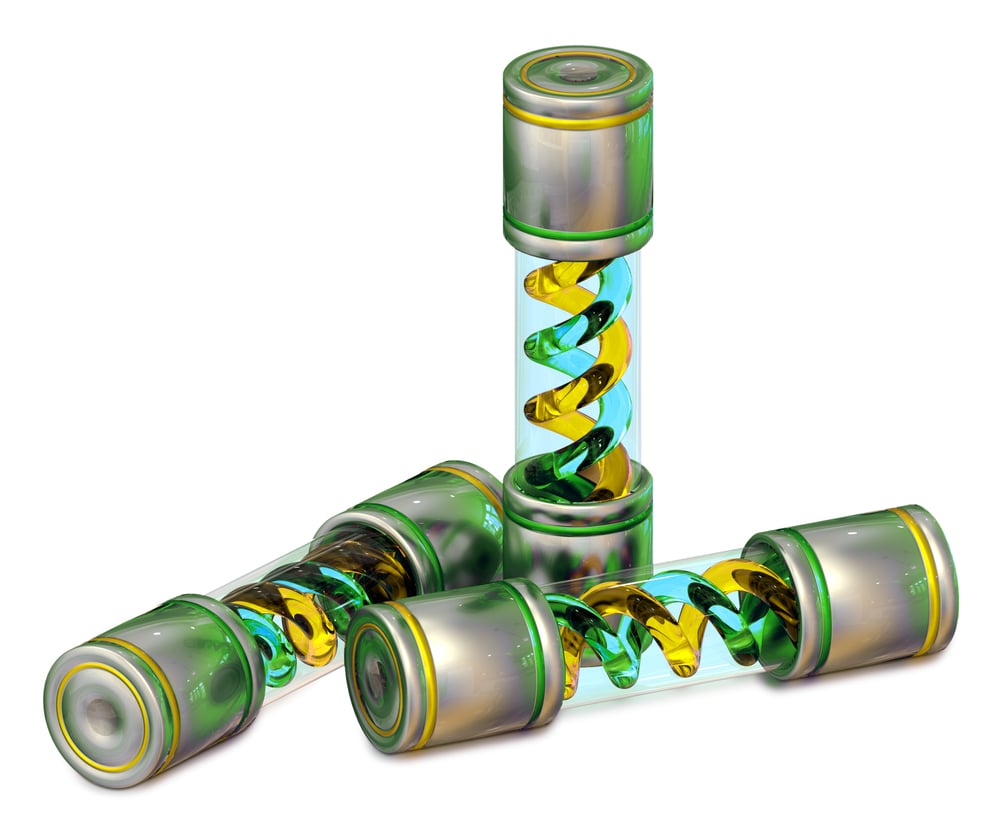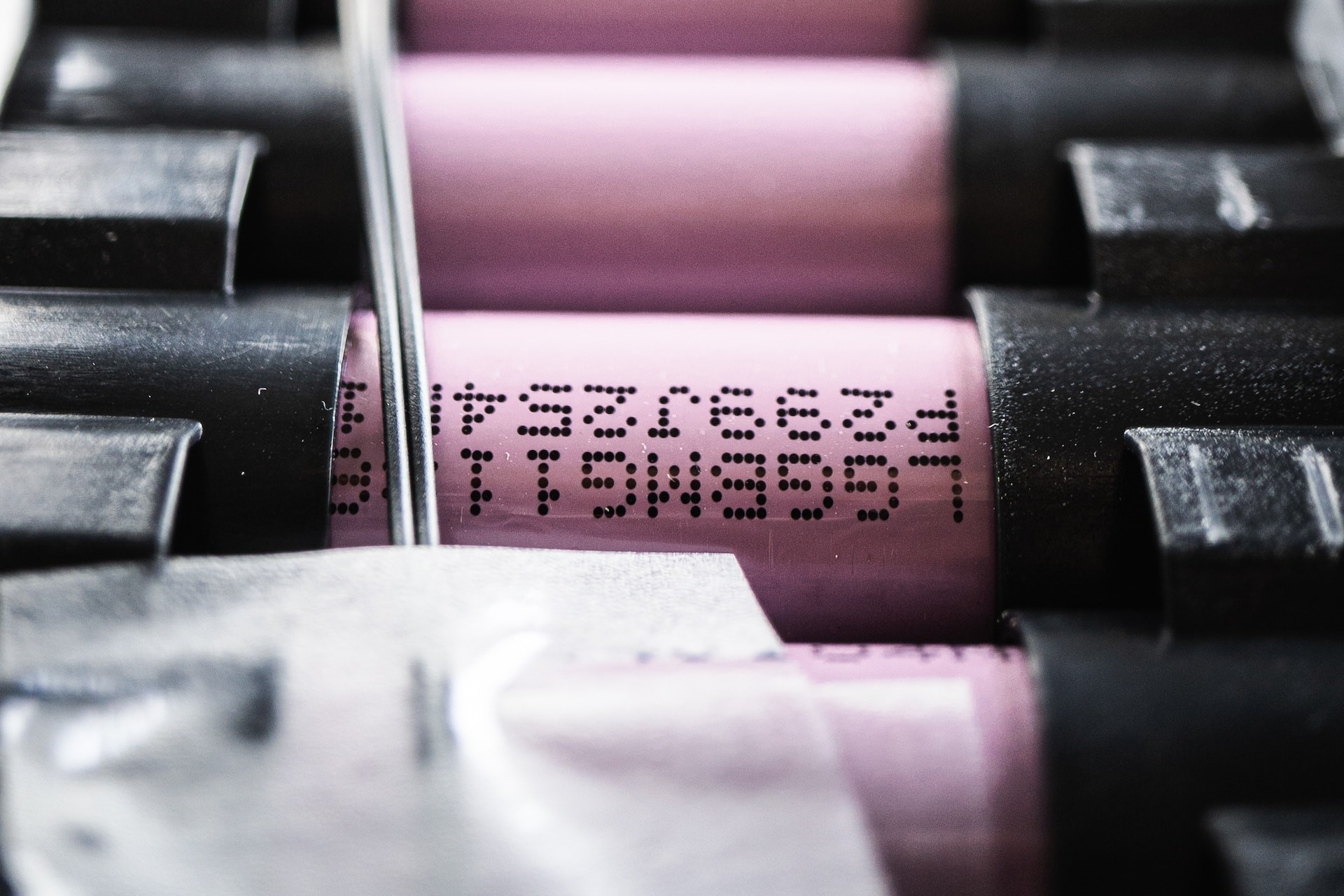Introduction to Li-Ion Battery Technology
Lithium-ion batteries (Li-ion) are a type of rechargeable battery that has become increasingly popular over the past few decades. They are widely used in many applications ranging from portable electronics to electric vehicles, and are now seen as an indispensable component of the modern energy sector. The advantages of Li-ion batteries over traditional batteries range from their higher energy density and power output, to their longer lifespans and improved safety.
The potential applications of Li-ion batteries are vast, and the technology has been evolving rapidly. As such, it is essential to stay informed about the latest developments in Li-ion battery technology if we are to make full use of this innovative technology. In this guide, we will discuss the history of Li-ion batteries, the improvements made in recent years, and the implications for society.
To understand why Li-ion batteries are so important, it helps to look at the limitations of conventional batteries. Conventional batteries have been around for centuries, but they are not suitable for many of the applications that Li-ion batteries can support due to their lower power output and shorter lifespans.
- Lower power output
- Shorter lifespans
- Inability to store large amounts of energy
- Inability to support fast charging
- Larger size and weight
Because of these limitations, Li-ion batteries provide a more suitable alternative for many uses. By utilizing the latest advancements in Li-ion battery technology, we can make full use of this powerful and efficient energy storage solution.
The IB IA Writing Service could play a crucial role in helping students explore the latest innovations in lithium-ion battery technology and their potential impact on the energy sector. Through research and analysis of the latest advancements in Li-ion battery design, students could gain a deeper understanding of the challenges and opportunities in the field of sustainable energy, and how Li-ion batteries are poised to transform the industry.
The IB IA Writing Service could provide students with access to a wide range of resources on lithium-ion battery technology, including academic journals, industry reports, and news articles. This would enable students to explore the latest research and analysis on topics such as solid-state batteries, new materials and chemistries, and emerging designs for Li-ion batteries.
Additionally, the service could offer guidance and support to students in developing their research skills and in crafting a compelling argument on the potential impact of these innovations on the energy sector and society as a whole.
Overall, the IB IA Writing Service could be an invaluable resource for students seeking to explore the latest innovations in lithium-ion battery technology, and to develop a deeper understanding of the challenges and opportunities in the field of sustainable energy.
History of Li-ion Battery Technology
Li-Ion batteries have come a long way since they were first developed in the early 1970s. Originally designed as an alternative to bulky lead-acid batteries, lithium-ion batteries have become the preferred choice for many consumer electronic devices due to their smaller size and higher energy density.
In the 1990s, Li-ion technology was further advanced when scientists discovered ways to increase its power capacity. Since then, Li-ion batteries have become an incredibly versatile and efficient power source, used in a wide range of applications from cell phones to electric vehicles.
Today, Li-ion battery technology is continuing to develop at a rapid pace. Advances in materials, chemistry, and design have allowed for the development of more efficient and longer-lasting Li-ion batteries. New breakthroughs, such as solid-state batteries, are being explored as potential replacements for conventional liquid electrolyte batteries.
These improvements in Li-ion technology have enabled us to create more powerful and reliable batteries that can be used in a variety of applications. The potential of Li-ion battery technology is exciting, and with the right investments in research and development, even greater advancements may be possible in the near future.
Limitations of Conventional Batteries
Conventional batteries have a few limitations that make them unsuitable for certain applications. Battery life is limited, meaning they need to be regularly recharged or replaced. They also tend to be larger and heavier than many other types of batteries, making them difficult to transport or use in smaller devices. Additionally, most conventional batteries are not able to quickly discharge energy and thus are not suitable for use in emergency situations or for short bursts of energy.
Certain conventional battery types, such as Alkaline batteries, cannot withstand extreme temperatures, meaning they cannot be used in extreme hot or cold environments. These types of batteries can also be prone to leaking, which can lead to damage to the device they’re being used in. Furthermore, the materials used to make the battery are toxic and can be hazardous when disposed of improperly.
The limitations of conventional batteries have made them unsuitable for use in a variety of applications. In medical technologies, for example, there’s a need for smaller, lighter, and more reliable batteries for powering medical devices. In electric vehicles, conventional batteries aren’t able to store enough energy for long trips or provide the necessary power output for rapid acceleration. For these and many other applications, alternative battery designs are needed to meet the demands of modern technology.

Recent Advancements In Li-Ion Battery Technology
Lithium-ion batteries (Li-ion) have revolutionized the way we store and use energy. From powering gadgets to electric vehicles, they are versatile, efficient, and becoming increasingly advanced. This article will discuss the recent advancements in Li-ion battery technology that have made it even more useful and powerful.
One of the most exciting advances in Li-ion batteries is their increased energy density. This means that they are able to store more energy in a smaller space than ever before. This has led to more compact designs, like those seen in smartphones, that can store more power for longer periods of time. As a result, devices that use Li-ion batteries last longer and require less frequent recharging.
Li-ion batteries are also becoming faster to charge. This is due to improved electrical conductivity and the use of layered electrolytes which allow for a higher current flow. This helps ensure that Li-ion batteries can be charged quickly, without sacrificing their overall life span.
In addition to these improvements, Li-ion batteries also have a longer overall lifespan than conventional batteries. This is because Li-ion batteries don’t suffer from the same chemical degradation that other types of batteries do over time. This makes them ideal for applications that need a reliable source of power over an extended period of time.
Finally, Li-ion batteries are increasingly being designed to be more environmentally friendly. Many manufacturers are producing Li-ion batteries that are free of hazardous materials such as lead, mercury, and cadmium. These elements can be damaging to both people and the environment, so they are being replaced by materials that are more sustainable.
It’s clear that recent advancements in Li-ion battery technology have made them even more powerful and versatile than ever before. With increased energy density, faster charging, longer lifespan, and more eco-friendly production methods, Li-ion batteries are setting a new standard for energy storage and usage.
Types of Li-Ion Battery Designs
Lithium Ion (Li-ion) batteries are popular for their high energy density, making them the perfect choice for a wide range of electronics. The design of a Li-ion battery can vary depending on the application it’s used for. This can include the type and size of the cells, as well as the number of cells connected to one another.
The most common type of Li-ion battery design is a cylindrical cell. This design uses thin sheets of copper, aluminium, and other metals for the anode and cathode, surrounding a thin separator. This design provides a great balance between power and energy, making it suitable for many applications.
Another popular design is the prismatic cell. This design is more efficient and allows for higher capacities than cylindrical cells, making it very popular in consumer electronics such as phones. Prismatic cells are also easily stackable, allowing them to be used in large scale applications such as electric cars.
Lithium Polymer (LiPo) batteries are another type of Li-ion battery design. These are made with a solid polymer electrolyte instead of a liquid one, resulting in a much lighter and more flexible battery. This makes them popular for portable devices, as they can easily be customized to fit any size or shape.
Finally, there are pouch cells. Pouch cells are thin, flexible bags filled with various materials for the anode, cathode, and electrolyte. These cells can be customized to fit almost any size, shape, or capacity requirement, making them ideal for applications requiring a lot of flexibility.
These are just a few of the many different types of Li-ion battery designs available today. No matter what your specific application might be, you can be sure to find a Li-ion battery design that’s perfect for it.
Safety Considerations with Li-Ion Batteries
When it comes to using Li-ion batteries, there are some important safety considerations to keep in mind. Li-ion batteries are more powerful than other types of batteries and can be dangerous if misused.
One of the most important things to keep in mind is to never overcharge a Li-ion battery. When a Li-ion battery is overcharged, it can become unstable and cause a dangerous short circuit, putting property and human life at risk. It is also important to ensure that all Li-ion batteries are stored properly and not exposed to extreme temperatures. Heat and cold can have a detrimental effect on the internal chemistry of a Li-ion battery, making them less efficient and somewhat dangerous.
Additionally, it is important to remember that all Li-ion batteries should be kept away from water and any type of moisture. Even small amounts of water can cause permanent damage to the internal components of a Li-ion battery, rendering them useless.
Finally, it is important to always follow the manufacturer’s instructions when using a Li-ion battery. This will ensure that the battery is used safely and correctly and that it is not damaged or overcharged.
These safety considerations may seem like common sense, but it is important to keep them in mind when working with Li-ion batteries. Taking the necessary precautions can ensure that the battery is used safely and efficiently and that it does not pose a danger to property or human life.
Potential Li-ion Battery Applications
Li-ion battery technology is quickly becoming one of the most important breakthroughs in energy storage. These batteries offer a number of potential applications, from powering electric vehicles to providing backup power for hospitals and other critical infrastructure.
One of the main advantages of Li-ion batteries is their ability to store large amounts of energy in a relatively compact package. This makes them ideal for storing energy in electric vehicles, allowing them to travel much further than traditional gasoline vehicles. Li-ion batteries are also used in renewable energy systems, such as solar panels and wind turbines, as they can provide a source of backup power when renewable energy sources are unavailable.
Li-ion batteries can be used in a number of ways in the energy sector. For example, they can be connected to other sources of energy, such as natural gas or coal, enabling them to store energy during times of high demand and then releasing it during times of low demand. This helps to even out the peaks and troughs in energy demand and enables the grid to operate more efficiently.
Li-ion batteries can also be used in home energy storage systems, enabling homeowners to store excess energy during times of low demand and then using it to power their homes during peak hours. This provides an affordable, sustainable way of supplying power to homes and helps to reduce the need for expensive electricity grids.
Finally, Li-ion batteries can be used in off-grid locations, such as remote villages or areas without access to an electricity grid. By connecting a Li-ion battery to solar panels, villagers can store the solar energy generated during the day and then use it to power lights and other devices at night.
As we can see, Li-ion battery technology has a wide range of potential applications and can be used to improve energy efficiency, reduce costs, and enable access to energy in remote areas.
Implications for Society
The potential implications of Li-ion battery technology on society are both positive and negative, and it is important to consider them all when discussing their impact. On the positive side, Li-ion batteries have the potential to revolutionize the energy sector. By providing clean, renewable and low-cost energy storage solutions, Li-ion batteries can help reduce our reliance on fossil fuels and enable us to transition from a carbon-based energy system to a cleaner and more sustainable one. As such, Li-ion batteries could play a key role in reducing the environmental impacts associated with traditional energy sources.
On the other hand, Li-ion batteries also have the potential to cause some negative impacts. For example, if not managed properly, Li-ion batteries could pose a risk to the environment due to their use of hazardous materials, such as cobalt and lithium, which could potentially leach into the ground or air if they are not disposed of safely. Additionally, the manufacturing process of Li-ion batteries can be energy-intensive, which could lead to increased emissions and cause further damage to the environment.
Overall, it is clear that Li-ion batteries have the potential to have far-reaching implications for society. While the technology undeniably offers many benefits, it is important to be aware of its potential negative impacts, and take steps to ensure that they are minimized.
Conclusion: The Benefits of Li-Ion Battery Technology
Li-ion battery technology offers many advantages over traditional battery designs. It is more efficient, versatile and provides greater safety for users. In addition to being used in personal electronics and electric vehicles, these advancements in Li-ion batteries can also have a significant impact on the energy sector, society, and the environment.
The potential applications for Li-ion battery technology are vast and varied, ranging from home energy storage systems to industrial scale renewable energy projects. This type of technology could help reduce our reliance on fossil fuels and make the world more sustainable. As more advancements are made in the design of Li-ion batteries, their potential uses will only grow even further.
Overall, Li-ion battery technology is an important technological advancement that has the potential to revolutionize the way we power our lives. By switching to this type of battery technology, we can reduce our emissions, increase efficiency, and bring us one step closer to a carbon-free future.




Average Rating